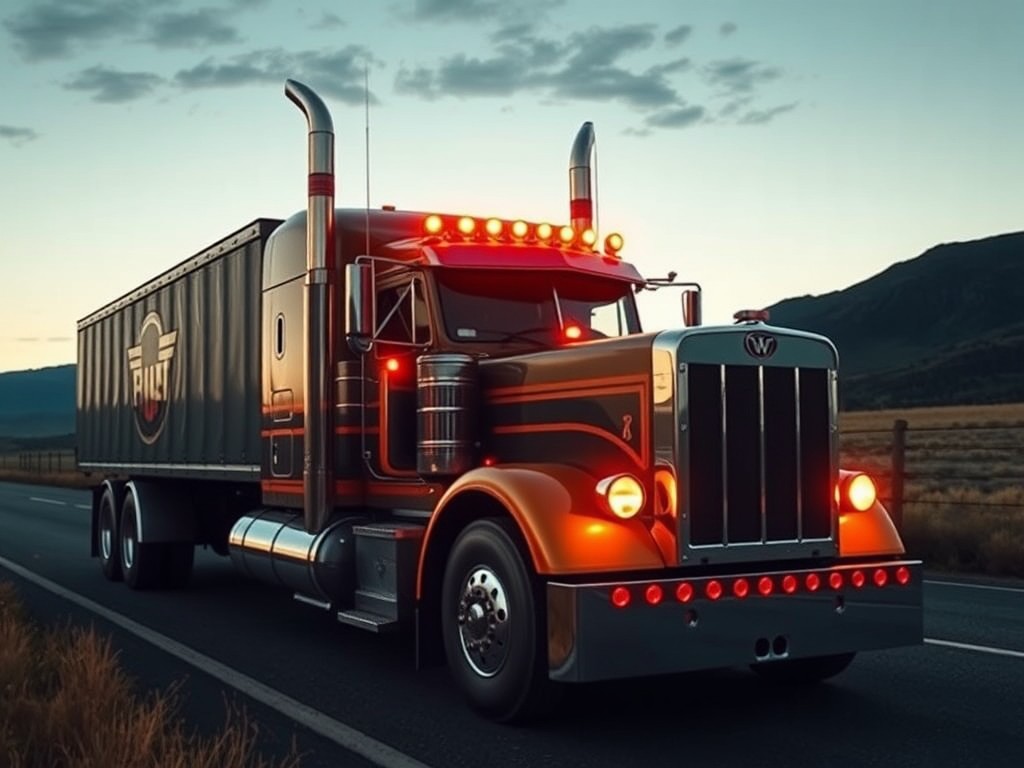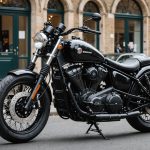Before you feel the wind in your face while riding your new custom-built bike on the open road, there’s one vital task you need to complete: registering your motorcycle. If you’ve recently bought a custom-built motorbike or have constructed one yourself, you will need to register it with the Driver and Vehicle Licensing Agency (DVLA) in the UK. This process can seem intimidating for the first-time builder, but with a comprehensive guide like this one, you’ll find it’s not as daunting as it seems. This article aims to provide an in-depth overview of the steps necessary to register your custom-built motorcycle in the UK.
Step 1: Obtain a Vehicle Identification Number (VIN)
Your motorcycle will need a unique identification number, much like a social security number for people, which is used by the DVLA for tracking and registration purposes. You can apply for a Vehicle Identification Number (VIN) from the DVLA. It’s essential to remember that this process may require you to provide evidence of the bike’s origin and its components.
Also to read : How to choose a vehicle with the best ergonomic features for long commutes in the UK?
Step 2: Apply for a Motorcycle Single Vehicle Approval (MSVA)
Once you have your VIN, the next step is obtaining a Motorcycle Single Vehicle Approval (MSVA). The MSVA is a test conducted to ensure that your custom-built motorcycle meets the required safety and environmental standards to be deemed roadworthy in the UK. You’ll need to book an MSVA test and pay the associated fee. Once your vehicle passes the test, you’ll be issued with a MSVA certificate, which is often a crucial requirement for the registration process.
Step 3: Complete the Vehicle Registration Process
After obtaining the MSVA certificate, you can proceed to register your custom-built motorcycle. The registration process includes completing the V55/5 form for used vehicles or the V55/4 form for new vehicles. You will need to provide detailed information about the vehicle, including the VIN, engine number, and year it was built.
Also read : What are the most effective anti-theft devices for vehicles recommended in the UK?
Step 4: Pay the Vehicle Tax and Secure Insurance
After submitting the registration form, you’ll need to pay the vehicle tax. The amount varies depending on the engine size and carbon emission level of your motorcycle. It’s also crucial to secure motorcycle insurance before you hit the road. Several insurance companies offer cover for custom-built bikes, so it’s best to shop around for the best deal.
Step 5: Receive your Registration Certificate
After all these steps are completed, you’ll receive your V5C Registration Certificate from the DVLA, often within four to six weeks. The registration certificate will share your motorcycle’s registration number, which you’ll need to display on the bike.
Registering a custom-built motorcycle may seem like a daunting task, but by taking each step at a time and ensuring you have all the necessary documentation, it can become a manageable process. Remember, registration is not only a legal requirement but also a way to protect your investment. So, don’t let the red tape deter you from enjoying the bike you’ve put so much effort into building. After all, the open road awaits you!
Step 6: Handle Additional Steps for Imported or Kit-Built Bikes
If your custom motorcycle is a kit-built bike, or if you’re importing a motorcycle from outside the UK, there are additional steps you must consider.
For kit-built bikes, you would need to provide a declaration stating that the bike was built from new parts, a receipt for the kit, and an MSVA inspection. For imported bikes, you should provide proof that VAT and any applicable import duty have been paid. This is a straightforward process with HM Revenue and Customs (HMRC) provided the bike is not a classic or rare model. If your motorcycle falls into the latter category, you might need to seek expert advice to determine what duties you would need to pay.
Importing a motorcycle also requires a certificate of conformity, stating that the bike meets European type approval. If your motorcycle does not meet this approval, you will have to submit it for a Personal Vehicle Approval (PVA) test. This is similar to the MSVA test but more rigorous.
Once these steps are completed, all the paperwork and fees are the same as registering a UK-built motorcycle. The process might seem complex, but it’s essential to ensure that all bikes on the road meet the same safety and environmental standards.
Step 7: Regular Bike Maintenance and Ownership Responsibilities
After the registration process is fully completed, and you have your registration certificate, it’s easy to think that the administrative side of owning a custom motorcycle is finished. However, as a responsible vehicle owner, there are ongoing obligations that you must meet.
Firstly, your bike should be maintained in roadworthy condition at all times. Performing regular bike maintenance not only ensures your bike’s longevity but also keeps you safe on the roads. You might consider subscribing to a bike maintenance course or getting a professional to do a full check-up at least once a year.
Additionally, don’t forget to renew your vehicle tax and motorcycle insurance annually. If you forget, you risk fines and penalties – not to mention the potential cost if your bike is damaged or stolen. Remember, companies like Devitt Insurance offer policies explicitly designed for custom bikes.
Lastly, always keep your log book and other documents up-to-date, especially if you make significant changes to your bike. It might require extra paperwork and fees, but it’s important to ensure that your bike’s registration details are current.
Conclusion
While the steps to register a custom-built motorcycle in the UK might seem complex, it’s a manageable process when broken down. From obtaining your VIN to receiving your registration certificate, each stage is integral to ensuring your bike is road-legal and safe. Whether it’s a kit-built, imported motorcycle, or a fully custom build, remembering to follow these processes will protect your investment and keep you legal on the road. So share the journey on Facebook or Bike EXIF, knowing you’ve accomplished something great. Now, it’s time to enjoy the fruits of your labour – the open road is calling! Stay safe, and enjoy the unique experience that a ride on a custom bike provides.











